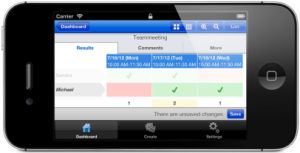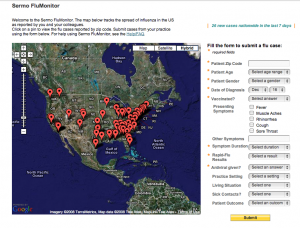ER Wait Times
The holy grail of efficiency in doctors offices, emergency rooms and urgent cares is reducing wait times for patients. Lower time improves patient satisfaction the overall patient experience immensely.
Today you can order a book on Amazon and know how long before you get it, you can can check if your flight is delayed online and get alerts on your phone. But same was not true about health care until now. Yes, now you can get wait time at your nearest ER or urgent care or even information on your doctors office appointments.
There’s an app for that!
Med wait time splash
Earlier on this blog we had talked about how the ipad and mobile devices can actually revolutionize health care. We call it health 3.0.
Med wait time started by Vishal Mehta an orthopedic and sports medicine physician has turned our health 3.0 vision into reality. In May last year he teamed up with a couple of partners to launch the application online and even created an iphone app for that. Vishal spoke to us and said his team is now working on a Android app and now has the ability to send wait times and appointment information as text messages to phones where people do not have a smart phone device or prefer receiving text messages.
Patients can also make appointments through the site. And it’s absolutely free for patients. Doctors offices and ER, Urgent Care can sign up for a small fee and offer all the cool features to their patients. Vishal shared that about 300 clients had already signed up with Med wait time in the chicago area.
For any of our technically inclined readers,if providers currently have an EMR system med wait time plugs into the system and automatically updates information. The manual option is also available for offices where no automated systems are currently available.
We at Healthcare Management Blog will be keenly watching Med Wait Time and bring you updates on any future enhancements or growth. So stay tuned. In the meanwhile do check their app in the app store, if you are in the chicago area or just would like to try it out.

